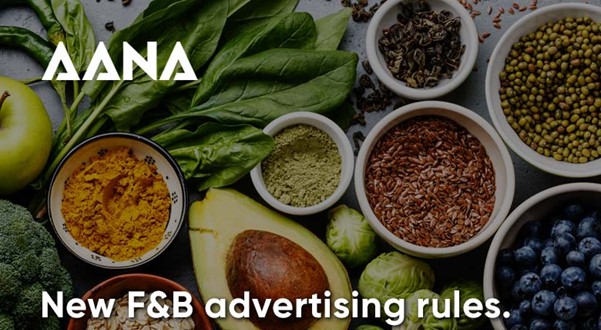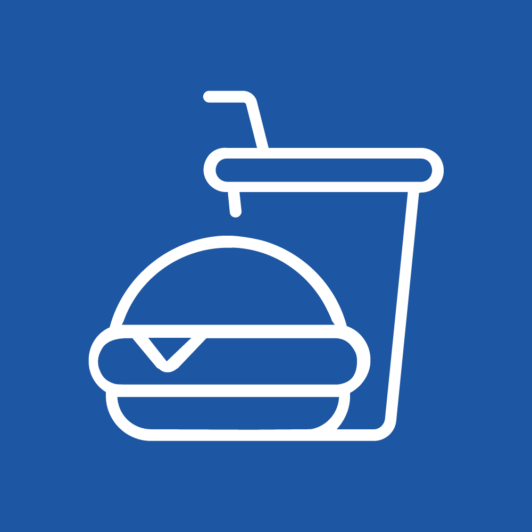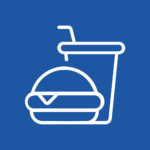The countdown is on until the updated AANA Food and Beverages Code comes into effect on 1 November 2021. Before the switch over, it’s important to understand how these changes may affect your advertising content.
Under the new Code:
An independent, common nutrient criteria has been adopted
Food or beverage products that don’t meet the Food Standards Australia Nutrient Profile Scoring Criterion are deemed to be an ‘occasional food or beverage’ and cannot be targeted to children in advertising.
The definition of a child has changed
Children are now classified as people under the age of 15. This reflects the Australian broadcasting standards’ definition of a child and makes it very clear for advertisers to understand who they can and can’t target.
The child audience percentage has changed
The new Code now uses a 25% predicted child audience test rather than a 35% actual child audience test. This means that advertisers can have more confidence when placing their ads, knowing that the predicted audience measurement is the one they use to place their ads. The actual audience measurement can vary depending on who is actually watching that space on the night.
There will be a reduction in the regulation of healthy food and drinks
This means that it will be easier to advertise essential food and drink to children. Advertisers will not need to show children living active lifestyles so long as the product being advertised is classed as essential, such as fresh fruit and vegetables.
There is now alignment with Australian Consumer Law (ACL) for truth in advertising
This will make it much easier for advertisers to check internally that their material is compliant with both ACL requirements and AANA requirements, rather than having to cross-check between the two sets of rules.
Sponsorship is included
Promotional material that’s targeted to children such as sporting awards are no longer allowed to show occasional food and beverage products. These types of sponsorship ads however can still feature the advertiser’s master branding.
There will be one set of rules for all advertisers
The Responsible Children’s Marketing Initiative (RCMI) and Quick Service Restaurant Initiative (QSRI) will be integrated into the new Food and Beverages Code which means that there will be one set of rules that apply to all food and beverage advertising.
Following these guidelines helps to protect the wider Australian community and ensure all food and beverage ads targeted to children are responsible ads. The official media release and updated Code Note and Practice Note can be found on the AANA website.
A copy of the AANA’s webinar on the updates to the Code is also available online now.


